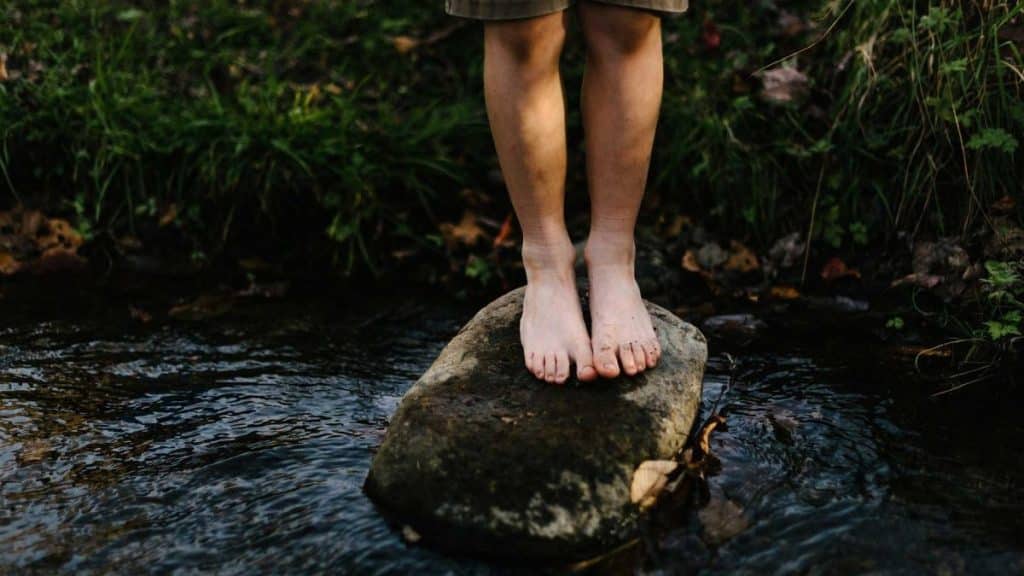Walking barefoot may be something you do in private, but many others take it outside, incorporating it into their workout routine. Barefoot hiking, often known as ‘earthing,’ has evolved from a quirky and amusing craze to a scientifically proven activity with several health benefits. When practiced properly, it can give you an adrenaline rush similar to the one you get while winning in AU pokies.
Walking without shoes brings up a whole new realm of feelings. Consider your toddler years, when you were just starting to walk. Didn’t everything seem new and thrilling? Parents are always recommended to allow this process to unfold organically without shoes so that the senses develop fully. But why should children get all of the fun? Barefoot hiking can heal your body and soul, whether you’re amusing your inner kid or trying out a new method to navigate gorgeous routes.
Fully Discover Your Abilities
To boost your sensory awareness, wake up your feet before you go hiking. Flex your toes and see if you can regulate independent movement in each. Discover new ways to bend your foot and move components you were previously unaware of; your toes and foot are made up of 26 joints, plus movable joints between each of these bones. Knowing how your feet move will assist them in becoming more nimble, allowing them to absorb stress more effectively.
Don’t Get Ahead of Yourself
This is particularly true if you are new to barefoot hiking. According to experts, practicing for 10 minutes each day is preferable to practicing for an hour once a week. Even if you’re only sparing yourself the aggravation of being frustrated with your pinky since it won’t budge, practicing slowly but surely is essential. Your feet will shift and adapt, and it is critical that you take care of your body rather than attempting to get a head start.
Establish Your Base
Try walking around and observing where the weight of your foot lands—this is your foundation. Take notice of where it initially falls and how it moves through your foot. If it immediately moves from your heel to your big foot, get imaginative and experiment with changing your weight. See if you can shift your weight from your heel to your little toe and then across your big toe. This is critical since the bones on the outside area of the foot are the biggest and best able to carry your entire body weight.
Find the Ideal Surface
The softer the ground you can locate, the better for your feet. While die-hard barefooters fearlessly walk on pavement in quest of adventure, the majority of us are rather timid—our feet already work extremely hard. Besides, don’t you believe the sense of freshly cut grass or soft sand under our toes is far superior? So, if you’re just starting out as a barefoot hiker, go for a grassy area or beach.
If you wish to get serious about tracking miles barefoot, a nearby high school’s rubber track is also a possibility. This is a pretty safe and tolerant surface, and once your feet adjust to the knobby texture, you’ll be golden.
